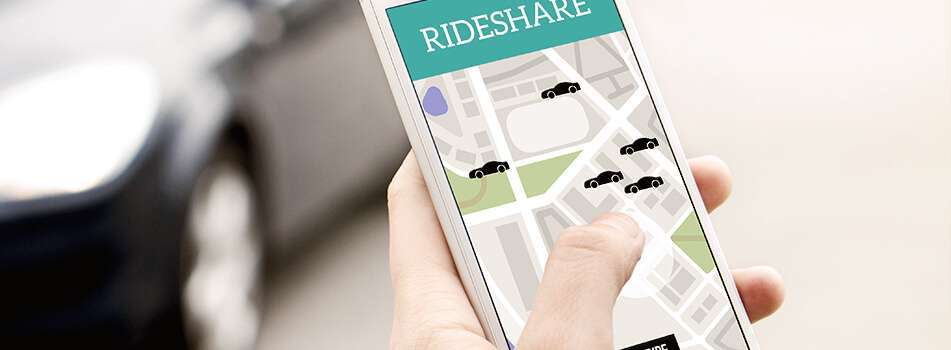In big cities like San Francisco, transportation services are essential to travel anywhere in a timely manner. Trolleys, taxi cabs, cable cars – a multitude of options are available when deciding how to get around the city. However, ride-sharing services, Uber and Lyft, are edging out more traditional forms of transit in San Francisco’s transportation scene. Of these two highly competitive ride-sharing moguls, which is the best?
Price Difference
Price is the most competitive aspect of both Uber and Lyft. Both companies charge their passengers roughly $1 to initiate a ride and add $1.50 to that base fee for each mile driven. Using this data to calculate cost per mile, both ride-sharing companies seem to charge around $2.
Both services also utilize price surging tactics. Uber’s Surge initiates during times when the demand for rides goes up. The fee associated with the Surge rate multiplier changes with location, but generally comes out to be 1.3x’s and 2.1x’s the original base rate. Lyft utilizes Prime Time, but it calculates this additional fee based on a percentage that changes with location. For example, one Prime Time ride could require an additional 20% fee added to the total ride. If this ride cost $20 before Prime Time, it would cost $24 after the app applies the fee.
During a price surge, the difference in Uber pricing comes out to be much more than Lyft’s price difference. Although both companies are on equal footing price-wise, the surging factor tips the scale in favor of Lyft.

App Accessibility
Uber and Lyft apps require the same information upon opening: the passenger’s current location and their destination. Although some consumers think of both companies synonymously as ride-sharing services, their app features pose distinct differences among some basic similarities:
- Arrival Time. One significant difference between Uber and Lyft is that Uber allows you to see your total trip time before you book a ride. Lyft requires the passenger to request a ride before the app reveals how long the trip will take.
- Adding a Stop. The Lyft app allows the passenger to add stops along their original trip.
- Lyft previously had one leg up on the Uber app through its tipping system. Recently, Uber added different features to boost their accessibility – tipping being one of them.
- Stored Information. Both apps store credit card information for future rides. This feature allows riders to tip a driver after the ride is over.
Despite their similar functions, the Uber app provides more transparency when letting the rider know the cost, duration, and arrival time of their ride.
Vehicle Choices
Both companies offer multiple car options for different purposes. Lyft provides three different car services: Lyft, Lyft Plus (larger vehicles), and Lyft Line (carpooling). Uber provides five different car services: UberX /UberSUV(larger vehicles), UberBlack (town cars), UberLux (LA-based limousines), and UberPool (carpooling).
Lyft rides cater to everyday people who need transportation and thus have a reputation for hiring friendly drivers. Although Uber also caters to everyday people, they have expanded and now provide service to businesspeople and other professionals. Riders report that Lyft drivers are more conversational than Uber drivers. This observation reflects the business-like – but not unfriendly – manner associated with how Uber drivers conduct business.
Both services possess their own unique style and function. Although Uber has more driving services than Lyft, either service works when transporting both large parties and solo riders. More does not necessarily mean better, and both companies are on equal footing here – unless you need a limo.
Customer Support
Riders can report concerns they have through the app, sending an email, filling out a form on their website, or via phone. Riders consistently praise one customer support system for their patience and friendliness: Lyft’s. Some riders criticize Uber’s customer support for its use of excessive Help Center redirections rather than live solutions from representatives. However, Lyft receives praise for achieving this personal aspect of customer support.
Ride-sharing services, Uber and Lyft, are highly competitive when pitted against each other. Although Uber receives notoriety for entering the ride-sharing scene with great success, Lyft provides a more wholesome experience. Because of its price, vehicle choice, and customer support, Lyft is the preferable ride-sharing service.
If you or someone you know has been injured in an Uber or Lyft ride, speak with a San Francisco car accident attorney for legal advice.


